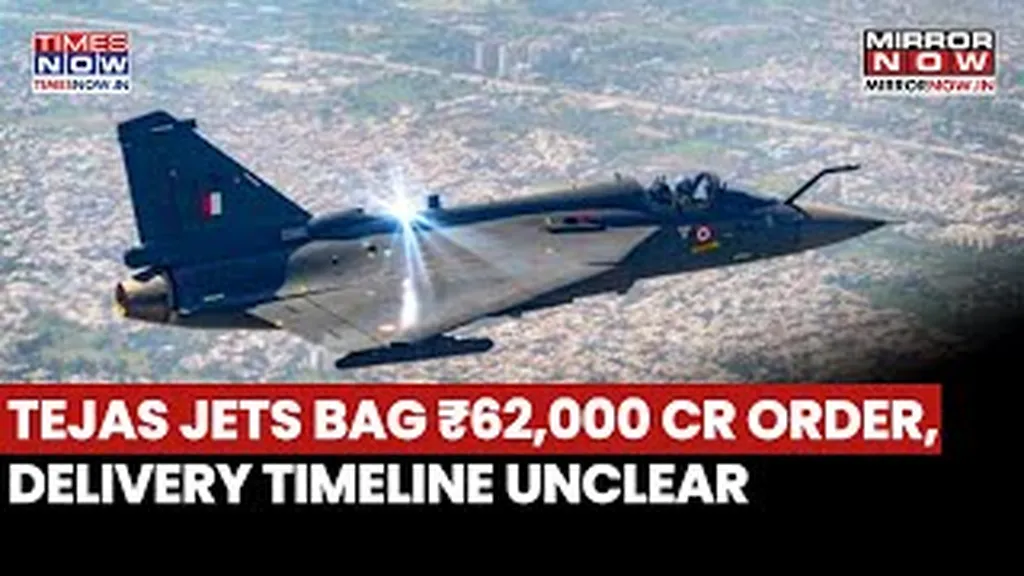In a significant stride toward bolstering India’s indigenous defence capabilities, the government has greenlit the procurement of 97 additional LCA Tejas Mk1A fighter jets from Hindustan Aeronautics Limited (HAL). Defence Minister Rajnath Singh confirmed the deal on August 21, 2025, with an estimated value of ₹66,000 crore. This order builds on a previous 2021 contract for 83 Tejas Mk1A aircraft, worth ₹48,000 crore, reinforcing India’s commitment to the ‘Make in India’ initiative and enhancing self-reliance in critical defence technology.
The back-to-back orders highlight a strategic pivot toward domestic production, but they also raise questions about cost escalation. A financial breakdown reveals that the per-unit cost of the Tejas Mk1A has risen from ₹578 crore in 2021 to approximately ₹680 crore in the latest deal—a 17.6% increase. Several factors contribute to this rise, including global economic inflation, supply chain disruptions, and the integration of advanced technologies.
The newer batch of Tejas Mk1A jets is expected to feature significant upgrades, such as the domestically developed ‘Uttam’ AESA radar, an enhanced electronic warfare suite, and improved weapon integration capabilities. Additionally, the contract likely includes comprehensive support packages, such as ground support equipment, spare parts, and training programs, all of which factor into the total cost.
With this acquisition, the Indian Air Force (IAF) will have ordered a total of 180 Tejas Mk1A fighters, equipping nine squadrons. These aircraft will play a pivotal role in replacing the aging MiG-21 fleet and strengthening India’s air combat capabilities. The Tejas Mk1A programme, with over 60% indigenous content, also fosters collaboration between HAL and private sector firms like Larsen & Toubro, Dynamatic Technologies, and VEM Technologies, further solidifying India’s aerospace ecosystem.
This development underscores India’s growing emphasis on domestic defence production, but it also invites scrutiny over cost management and the long-term sustainability of such projects. As the IAF modernises its fleet, the balance between technological advancement and fiscal responsibility will be crucial in shaping the future of India’s military aviation sector.

